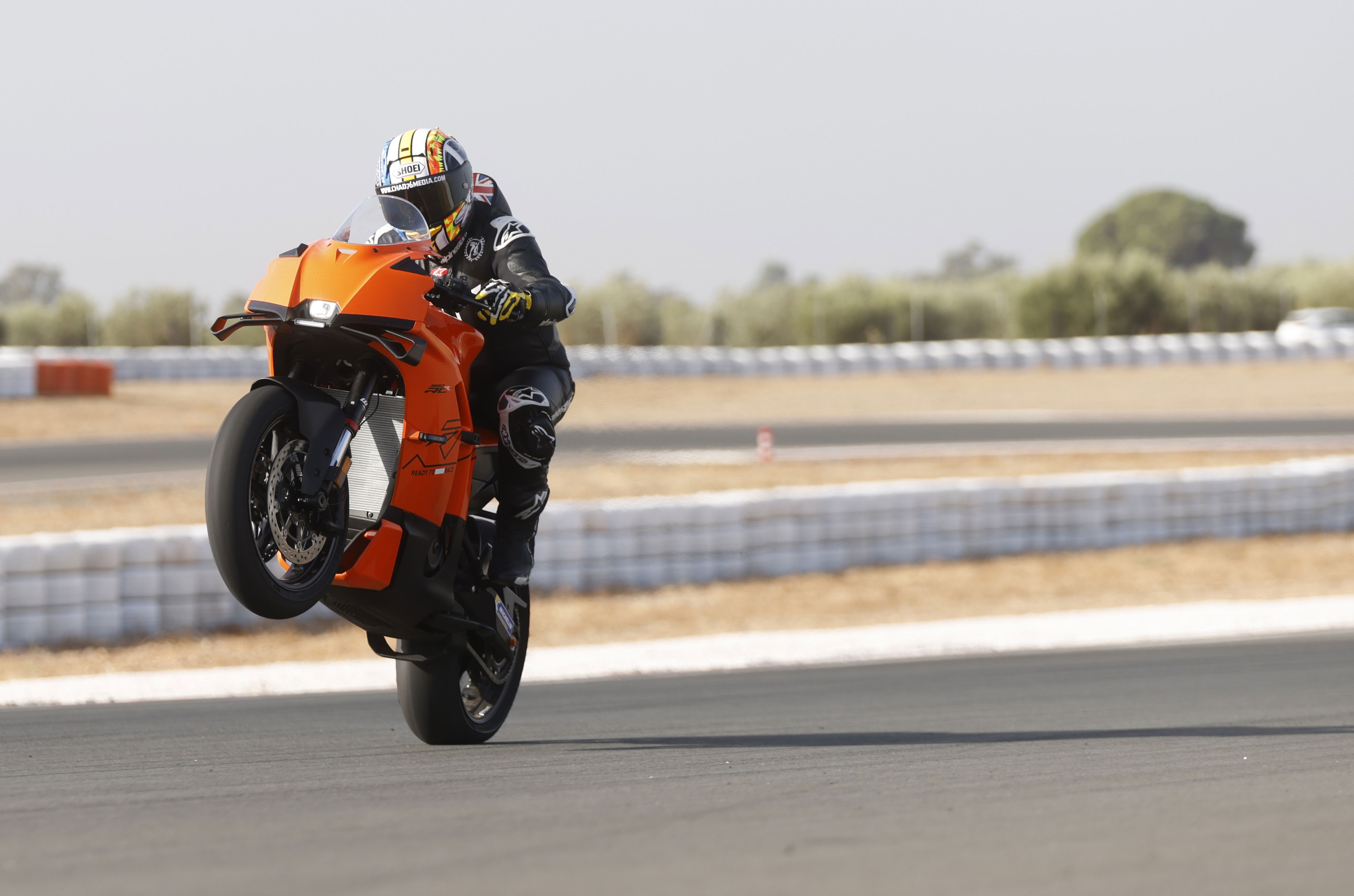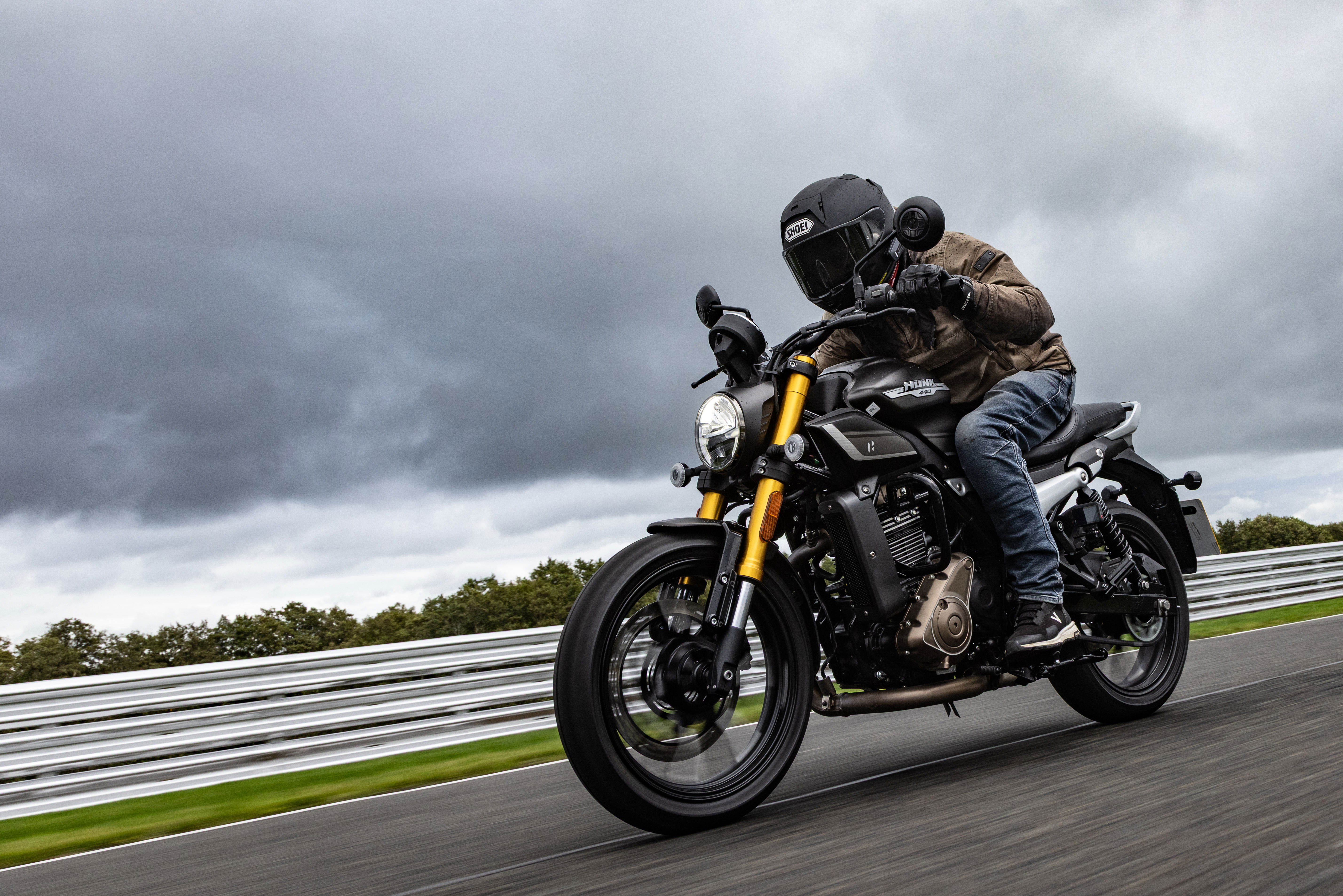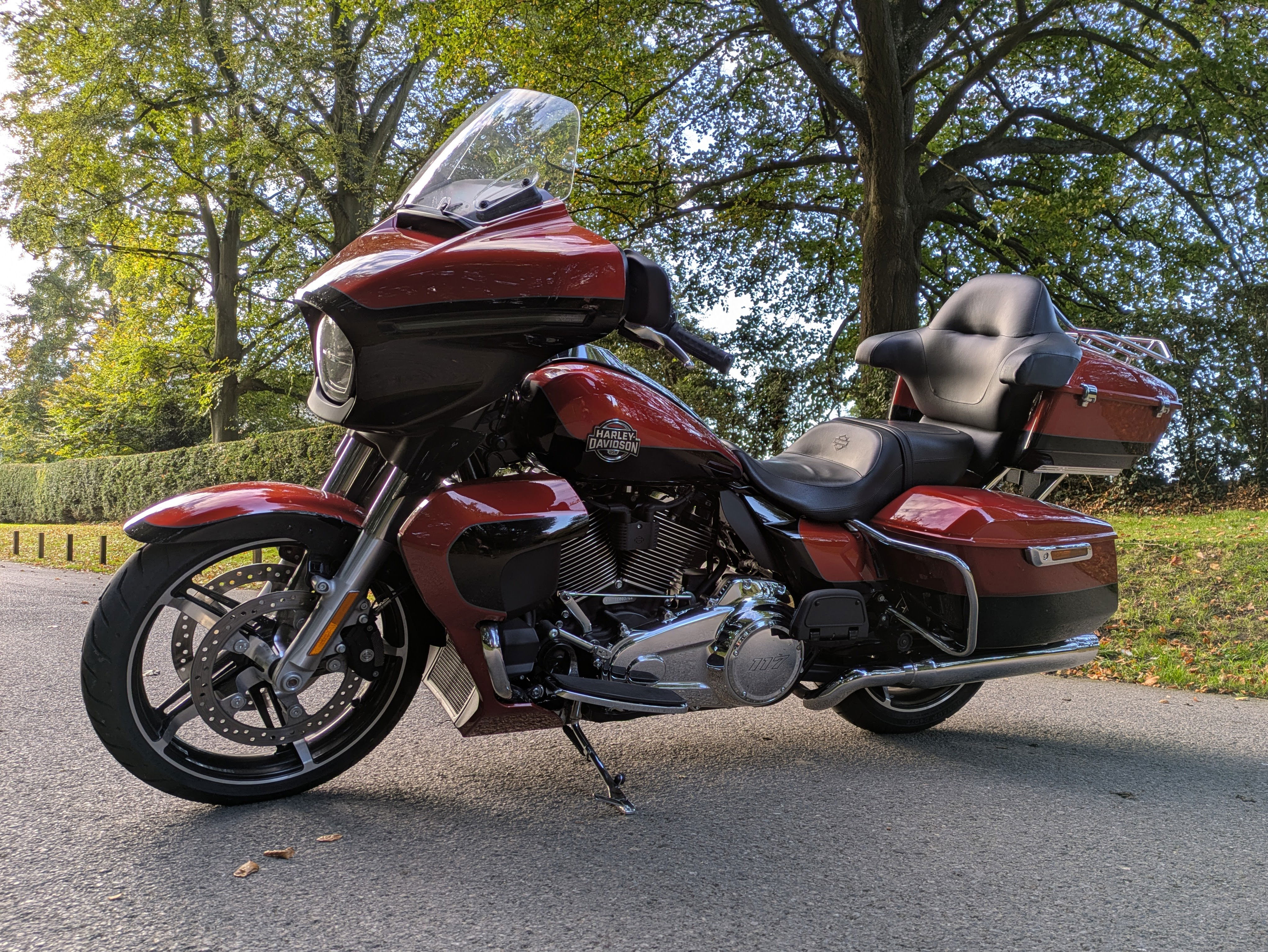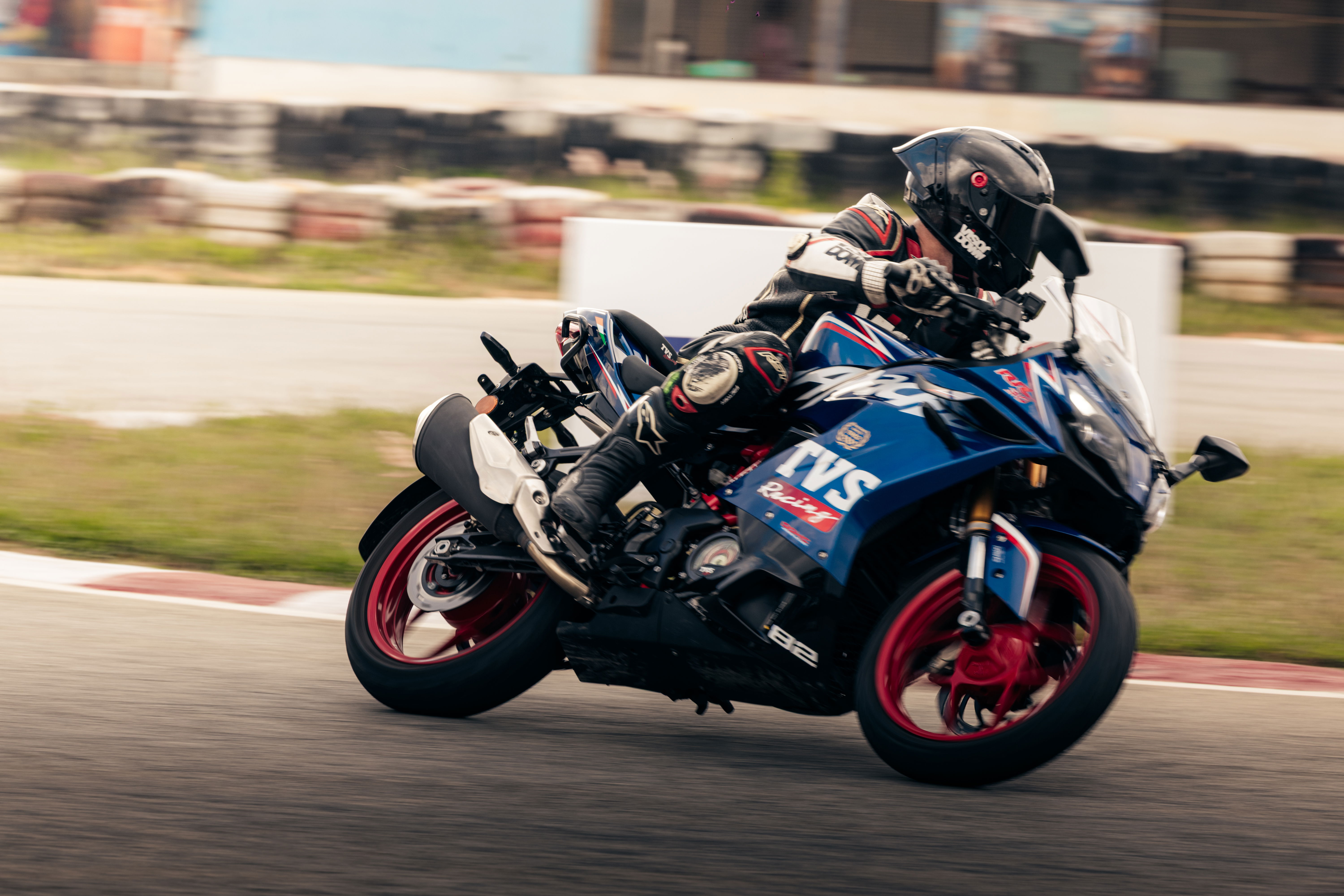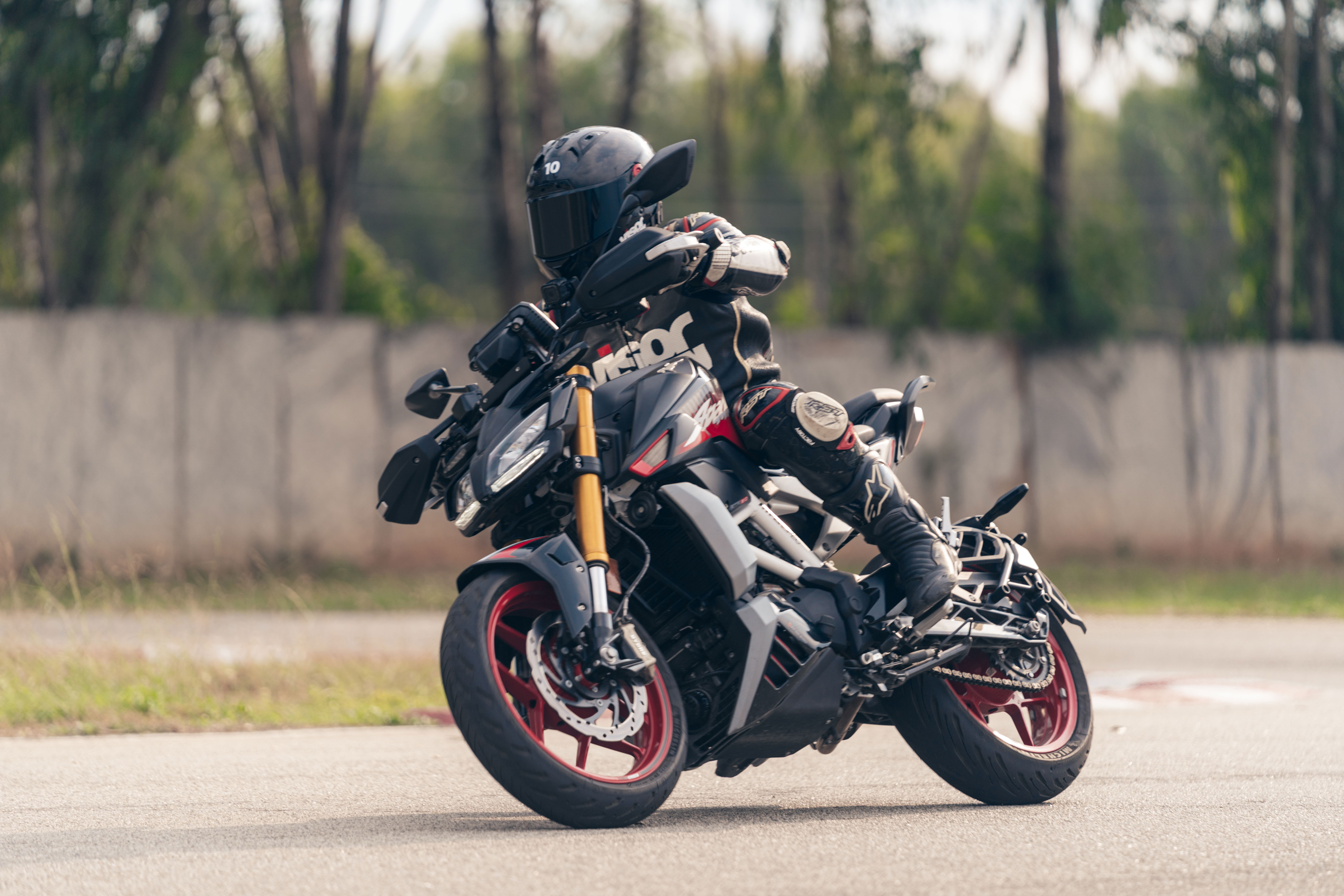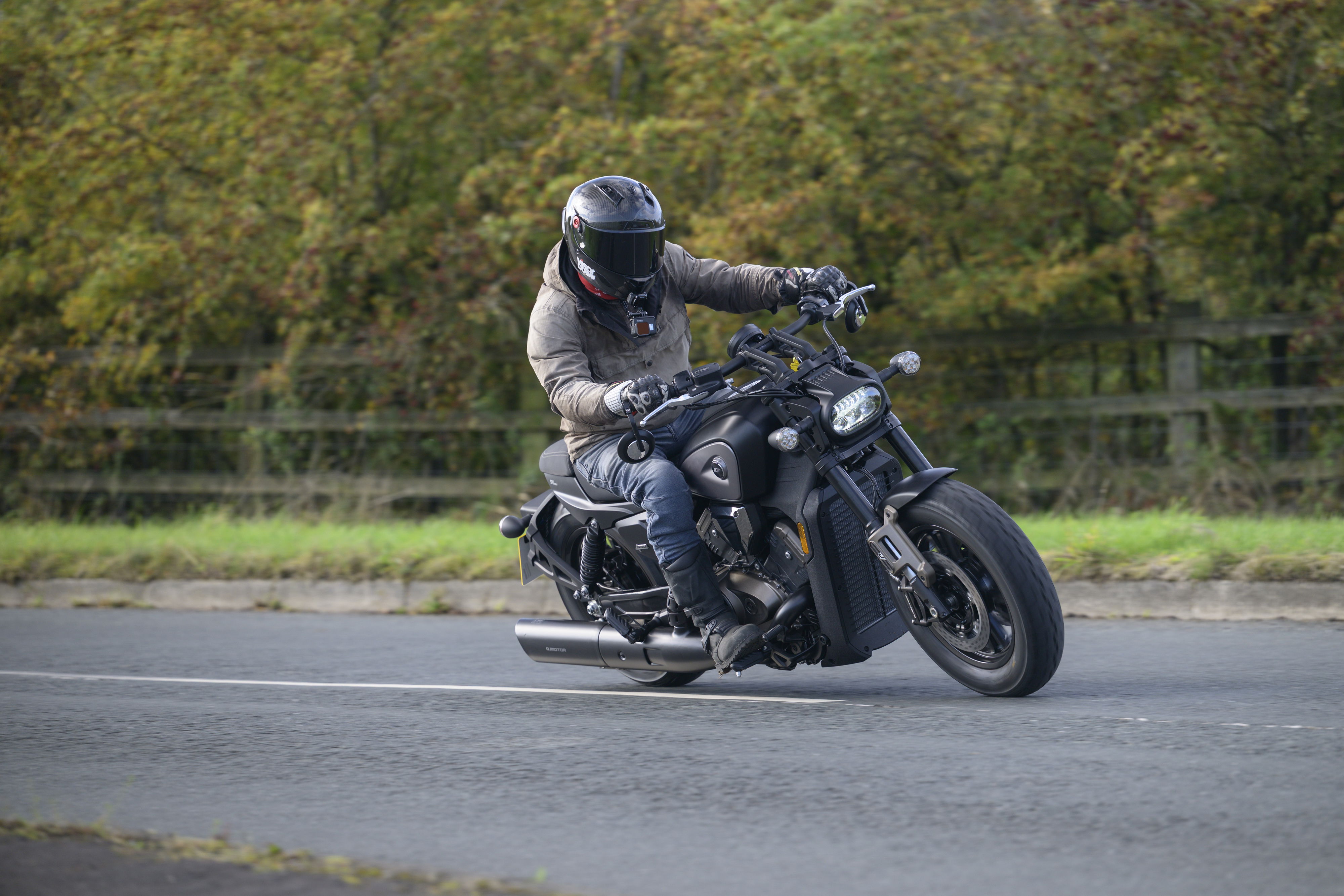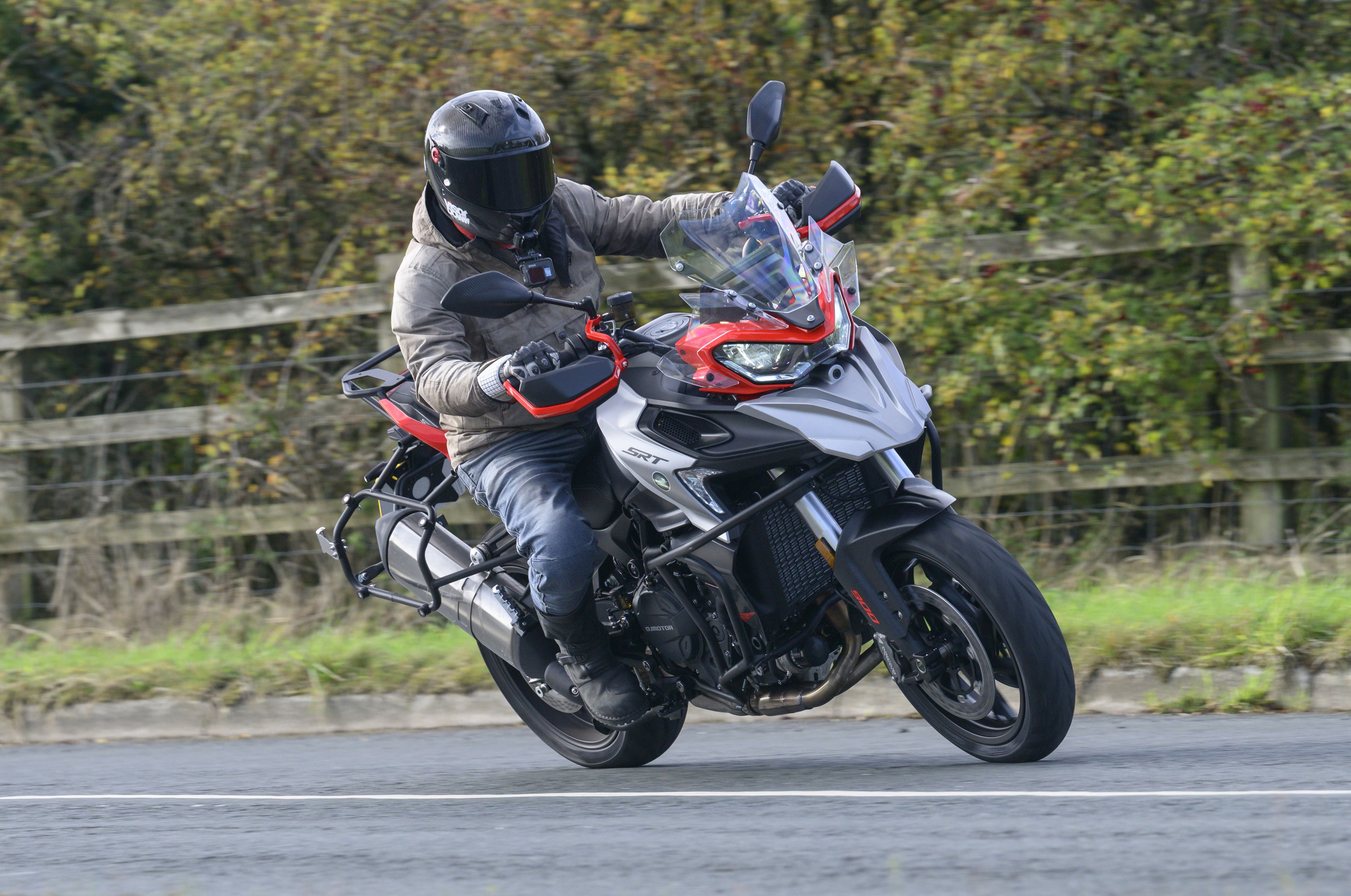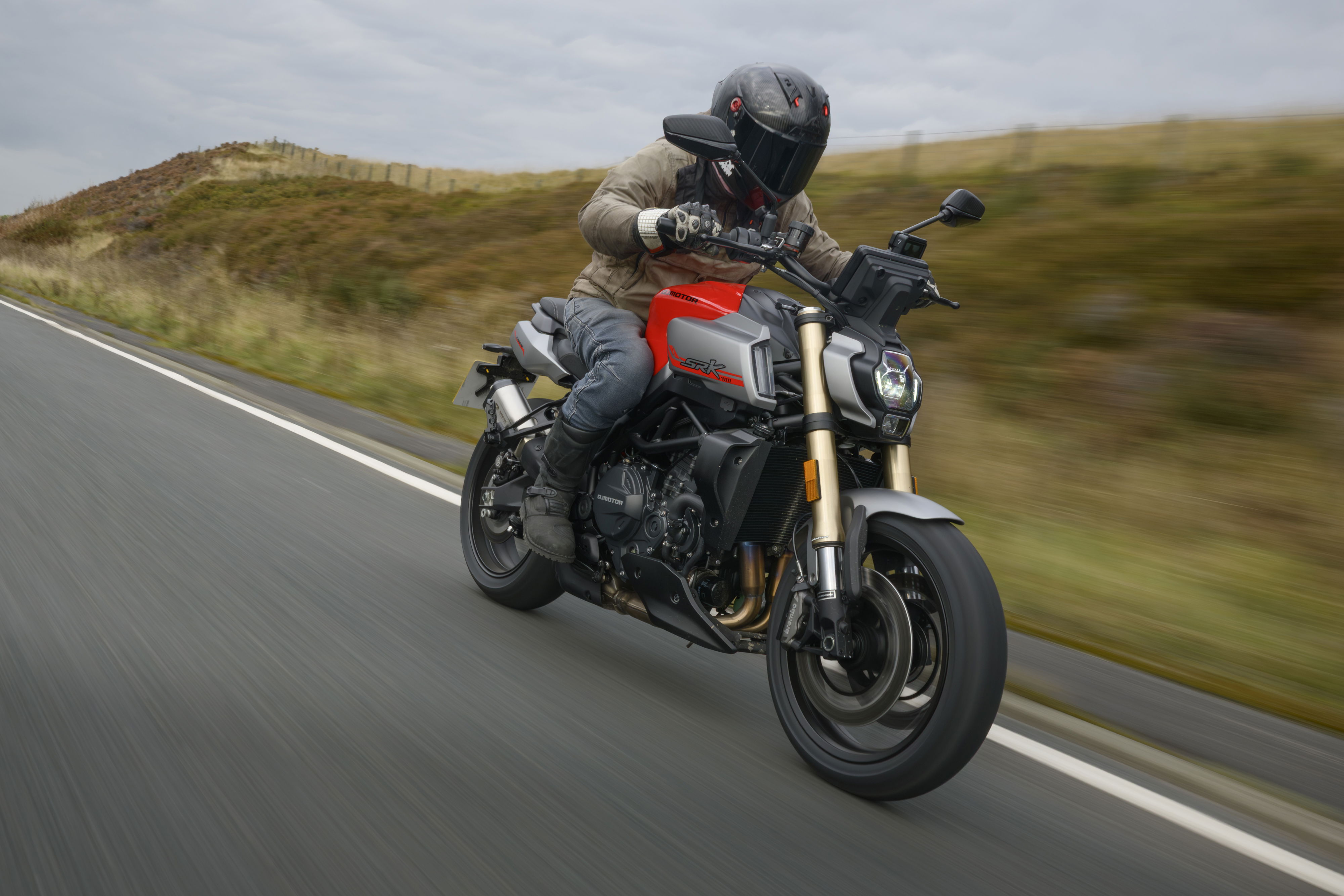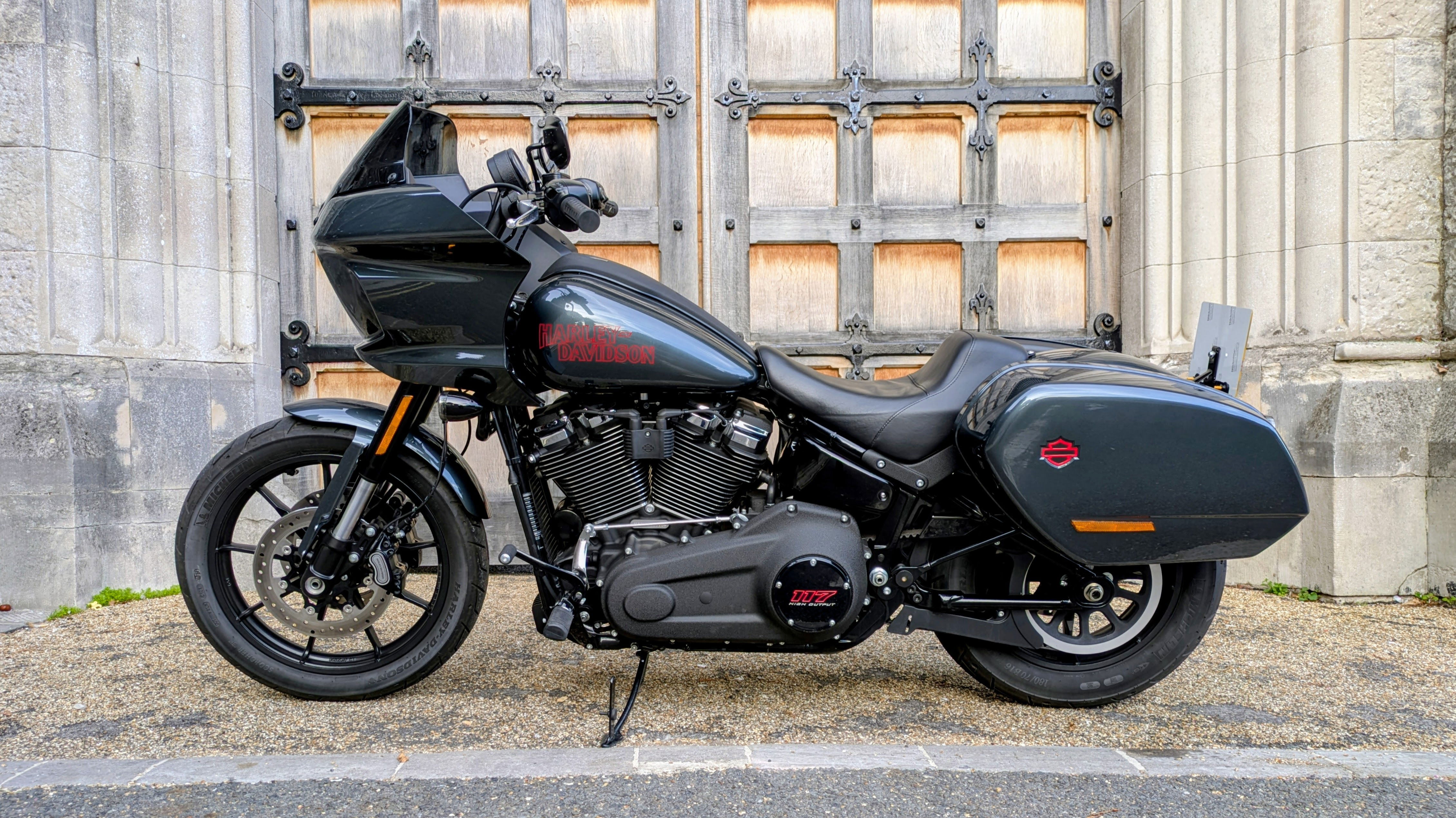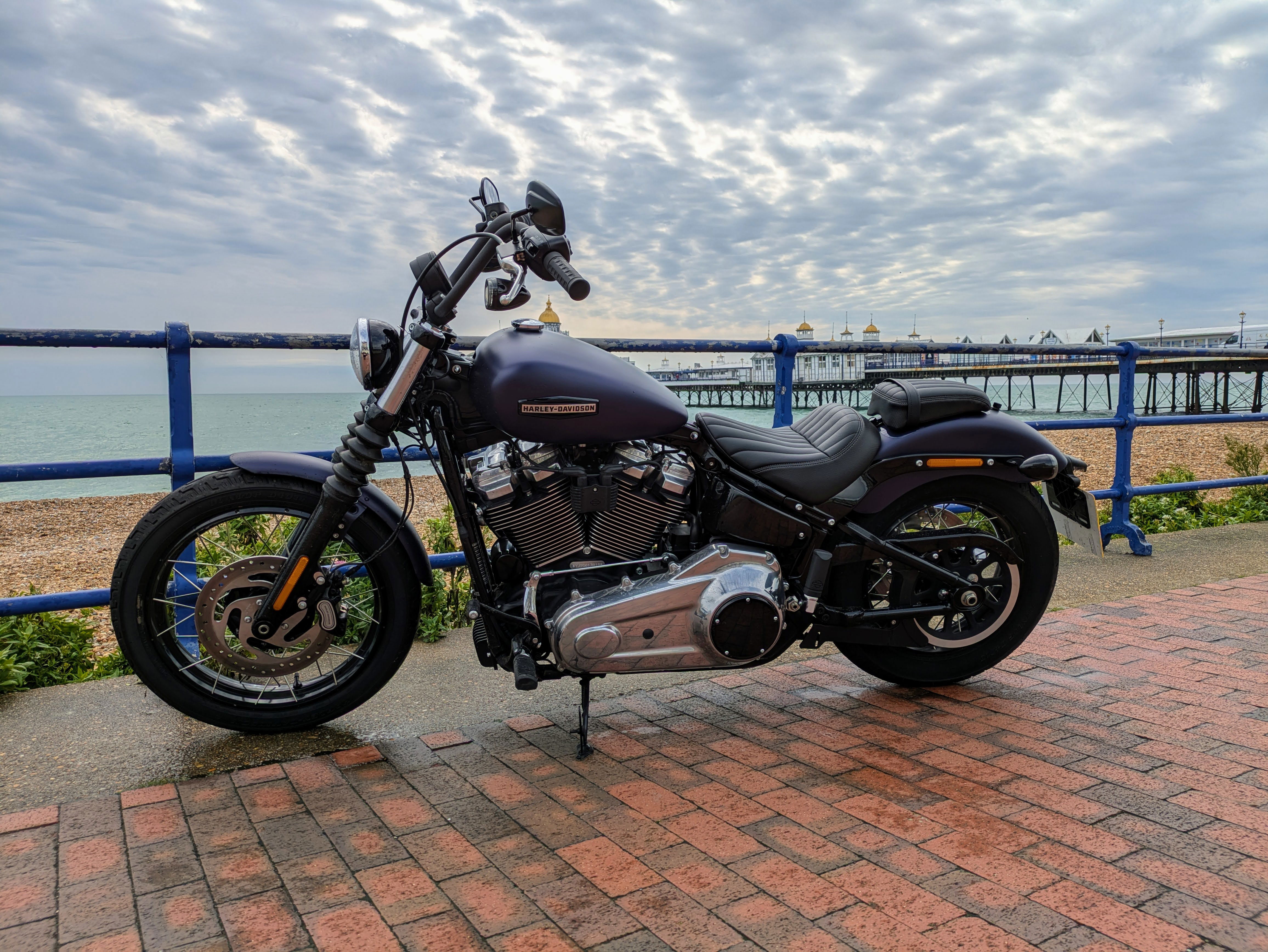Used Review: BMW R1150GS and R1200GS buyer's guide
Once one of biking's best-kept secrets, BMW's capable-of-anything GS is now one of the biggest selling multi-purpose bikes in the UK.

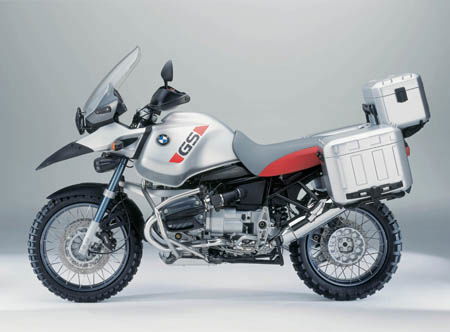 |
Blame Ewan McGregor and Charley Boorman. The Long Way Round has prompted a massive increase in sales for both the 1150 GS Adventure and the newer R1200 GS.
So far this year the 1200 GS has sold 1667 units, making it Britain's best selling Adventure Sport machine. Meanwhile, the 'old' 1150 GS Adventure is anchored in the top five. The last time there was such a proliferation of Krupps steel in Northern Europe, the world was a distinctly more hostile place...
The GS or GelŠnde/Stra§e (off-road/road) range was born 25 years ago with the R80 GS. Since then the bike has become a favoured machine for use on round-the-world antics and back-lane blasts.
In 1993 the modern GS arrived. The 1100 GS was a bike which, in spite of stalky suspension, pterodactyl looks and unfashionable horizontally opposed twin motor, could really hustle on B-roads. BMW's undeniably awesome record of reliability and build quality was another bonus.
The 1150 GS came with a lop-sided headlight and big improvements across the board. An Adventure version was also released in '01, with taller suspension, more comfort and a wide range of extras. Then in '04 came the R1200 GS, a drastic improvement over the older machine as a road bike, since its weight is 12% down and power 15% up.
As a used buy the GSs tend to be picked up by your typical BMW owner. These are a fiercely badge-oriented lot who tend to look after their machines and finding a bad example is hard. If you want a big trailie, but aren't necessarily into Beemers, you'd do well to have a look at a GS and take it for a spin, then compare residuals with the competition.
1200 GS Problems
Some R1200s cut out, with faults traced to a dodgy seal on the fuel pump (see recalls, below). Others have had a similar, intermittent problem. The bike will cut out, you'll switch off and on again and things will be fine. Taking the bike to a dealer may not help because the on-board computer will have no record of it, making the fault untraceable. The latest GS has a drink problem too, guzzling oil up to the 7000-mile mark. Check the oil regularly through the hard-to-use sight glass. Check it properly: go for a run to get the engine up to operating temperature, then put it on the centrestand - preferably on the same, level bit of tarmac each time. It seems the 1200 is more sensitive to inclines than a spirit level. Remember, no GS is run-in until the 10,000-mile mark. Some owners like to be harsh during the running-in period, but most go easy.
Recalls
1994 R1100 GS: recall for loose suspension pivots and bolts 2003 R1150 GS: for rear brake hose after possibility of rupture and subsequent loss of braking power was found
2005 R1200 GS: for possibility of water getting into fuel pump electronics, causing corrosion and engine cut-out
2005 R1200 GS: for possibility of throttle cable pulley getting snagged by foreign objects and holding the throttle open. Covers later fitted to the cable pulleys
2005 R1200 GS: for possible leaks from quick-release mechanism or clips. Recalled machines were checked and sealing O-rings replaced.
Tyres
Metzeler's ubiquitous Tourances are the number one choice, but for the solely road-bound GS rider, Bridgestone's 020s are also a favourite.
1200 gs Paralever
A few owners of the latest 1200 GS have had problems with the normally 'maintenance-free' Paralever suspension/final drive system. Some owners have experienced oil leaks over the rear tyre and brake. Nasty. Early symptoms are a vagueness from the rear end and a feeling like a puncture. Carry on riding and the ABS light will trip and the wheel bearings will break up. Reported cases have all occurred within the warranty period.
Vibrations
Some owners report vibration at speed on the 1150 GS. Check the chassis first: tyre balance, pressures, look for dings in the wheels. If that's fine then it could be out-of-synch throttle bodies or fuel injectors.
Engine
Not a powerhouse, but nevertheless the Boxer twin produces plenty of oomph before losing out a little at the top-end when you head towards three-figure speeds. The earlier five-gear 1100 GS is favoured by some owners thanks to the flexibility of the engine. It makes plenty of torque for low-down go. The later 1150 GS's sixth gear is more of an overdrive really, for better economy. Remember that the
1150 GS Adventure is down-geared compared with the standard model for better low-down poke and a fair bit less top speed. The latest 1200 really benefits over the older model, producing a solid 15 real-world, rear-wheel bhp more than the 1150. It has far less weight to push around, too. Plenty of torque means roll-ons and overtakes are a doddle. Peak power is a lowly 7000rpm. Remember, the longitudinal crank means the bike rocks to the right when revved at a standstill. You'll get used to it.
Seat height
It can challenge the shorter riders, but the seat does have two adjustment levels. BMW also offer a lower seat option with less padding for around £100.
Finish
What's German for awesome? Ser guht! Our 19,000-miler here looked like new. They last well, the finish is superb and they respond well to TLC. Some 1100 owners reckon their machines are better finished than the later models.
ENGINE PROBLEMS
Pretty bullet proof all these motors, but there have been a few horror stories. A small number of owners have had problems with 'pinking'. This sounds like a metallic rattle, where the big cylinder experiences pre-detonation, causing very high temperatures in the combustion chamber and damage to the piston. The problem usually occurs when the bike is running a little lean under hot conditions. Always check to see if any upgrades to the exhaust and air filter have been matched to any tinkering with the fuel-injection, or get an emissions check to see if an injector is out somewhere. Some 1100 GS owners have reported gearbox seals failing. Get all models serviced every 6000 miles or so.
Screens
The R1150 GS comes in for a little bit of criticism for a lack of screen height for lofty lads over six feet, so many opt for an aftermarket replacement.
Aftermarket parts
There's a myriad of different BMW-approved frippery for the GS available. Unlike most Jap bikes, decent BM goodies can help the price of a used bike creep up a little. For aftermarket parts try these websites: www.wunderlich.co.uk and www.touratech.co.uk
Cylinder heads
Yes they jut out, making them relatively easy to get to and work on. However, some DIY-merchants have had problems with leaky gaskets or centre seals. These can become distorted if not fitted properly, and therefore leak a bit.
Forks
Different from standard forks, the Telelever has an excellent reputation for reliability. However, be warned about what the system does (or doesn't) do during a test ride. On other bikes you'll experience fork dive and some associated change of wheelbase/geometry; not so with this system. Even with very hard applications of the brakes you get very little in the way of dive. Disconcerting at first, but you soon get used to it.
Brakes
There have been problems with the EVO brakes on the Adventure and 1200 models. The system uses power from the engine to multiply pressure at the lever (the idea being to reduce the effort you need to put into squeezing it). In rare occurences the brakes have not worked properly or been slow to cut in. If you start the bike with the brakes applied it can fool the system into not arming correctly since the EVO needs to 'see' half a wheel revolution to start working. If it doesn't, you pull away with reduced braking power. Newer machines have better braking if the EVO fails, and in the manual BMW says you should go through a procedure to arm the system. But should you need to read a manual to use the brakes? It has to be said these are rare occurrences, though.
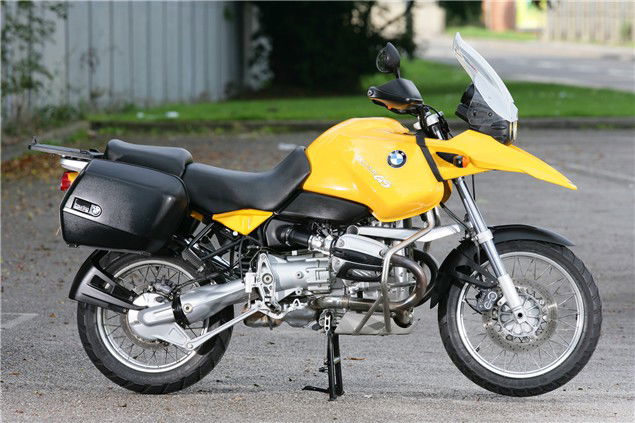
Click to view: BMW R1150GS and R1200GS owners reviews, specs and image galleries.
BLAME EWAN MCGREGOR and Charley Boorman. The Long Way Round has prompted a massive increase in sales for both the 1150 GS Adventure and the newer R1200 GS.
So far this year the 1200 GS has sold 1667 units, making it Britain's best selling Adventure Sport machine. Meanwhile, the 'old' 1150 GS Adventure is anchored in the top five. The last time there was such a proliferation of Krupps steel in Northern Europe, the world was a distinctly more hostile place...
The GS or Gelände/Straße (off-road/road) range was born 25 years ago with the R80 GS. Since then the bike has become a favoured machine for use on round-the-world antics and back-lane blasts.
In 1993 the modern GS arrived. The 1100 GS was a bike which, in spite of stalky suspension, pterodactyl looks and unfashionable horizontally opposed twin motor, could really hustle on B-roads. BMW's undeniably awesome record of reliability and build quality was another bonus.
The 1150 GS came with a lop-sided headlight and big improvements across the board. An Adventure version was also released in '01, with taller suspension, more comfort and a wide range of extras. Then in
'04 came the R1200 GS, a drastic improvement over the older machine as a road bike, since its weight is 12% down and power 15% up.
As a used buy the GSs tend to be picked up by your typical BMW owner. These are a fiercely badge-oriented lot who tend to look after their machines and finding a bad example is hard. If you want a big trailie, but aren't
necessarily into Beemers, you'd do well to have a look at a GS and take it for a spin, then compare residuals with the competition.
1200GS PROBLEMS
Some R1200s cut out, with faults traced to a dodgy seal on the fuel pump (see recalls, below). Others have had a similar, intermittent problem. The bike will cut out, you'll switch off and on again and things will be fine. Taking the bike to a dealer may not help because the on-board computer will have no record of it, making the fault untraceable.
The latest GS has a drink problem too, guzzling oil up to the 7000-mile mark. Check the oil regularly through the hard-to-use sight glass. Check it properly: go for a run to get the engine up to operating temperature, then put it on the centrestand - preferably on the same, level bit of tarmac each time. It seems the 1200 is more sensitive to inclines than a spirit level. Remember, no GS is run-in until the 10,000-mile mark. Some owners like to be harsh during the running-in period, but most go easy.
RECALLS
1994 R1100 GS: recall for loose suspension pivots and bolts 2003 R1150 GS: for rear brake hose after possibility of rupture and subsequent loss of braking power was found
2005 R1200 GS: for possibility of water getting into fuel pump electronics, causing corrosion and engine cut-out
2005 R1200 GS: for possibility of throttle cable pulley getting snagged by foreign objects and holding the throttle open. Covers later fitted to the cable pulleys
2005 R1200 GS: for possible leaks from quick-release mechanism or clips. Recalled machines were checked and sealing O-rings replaced.


